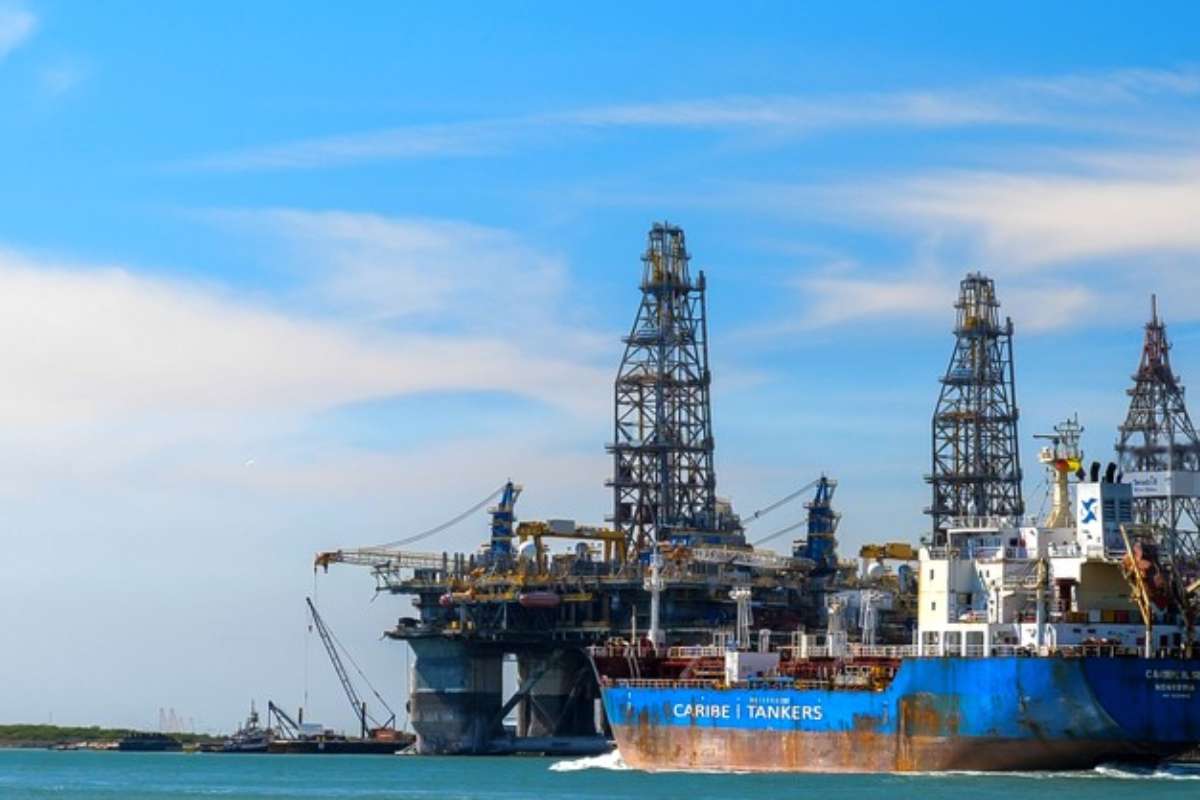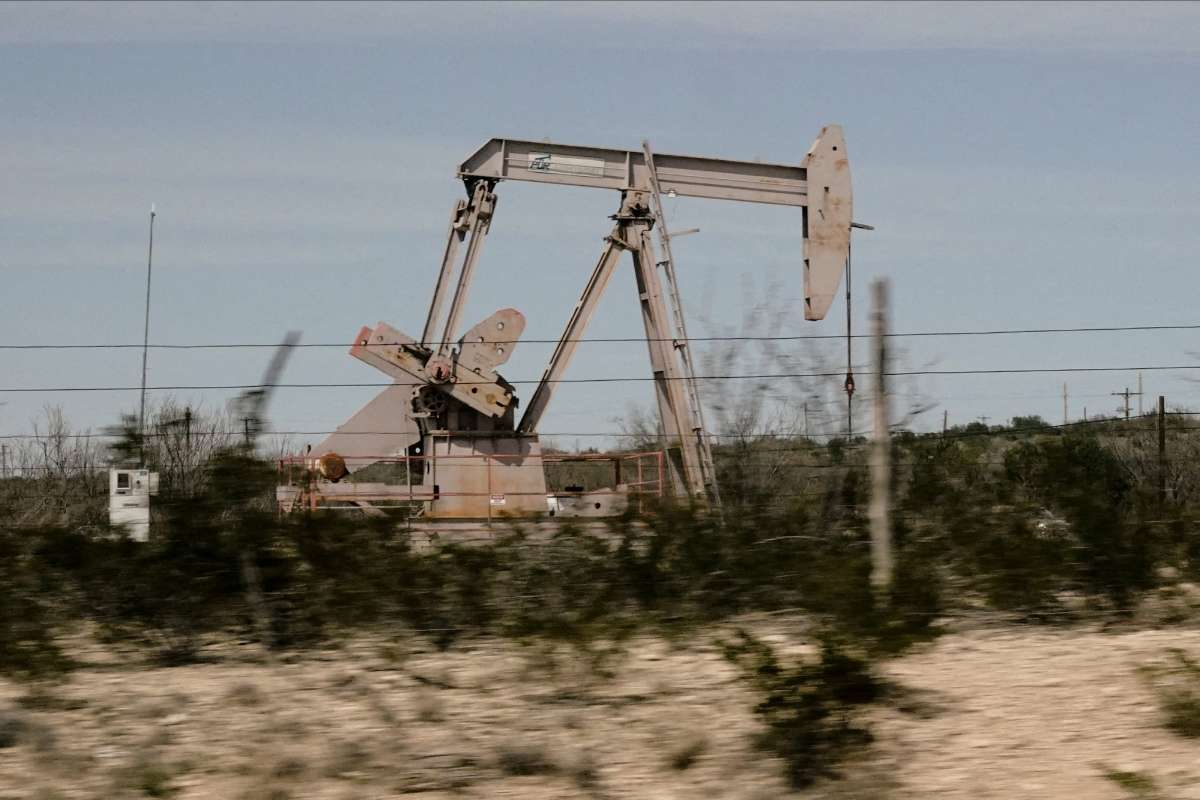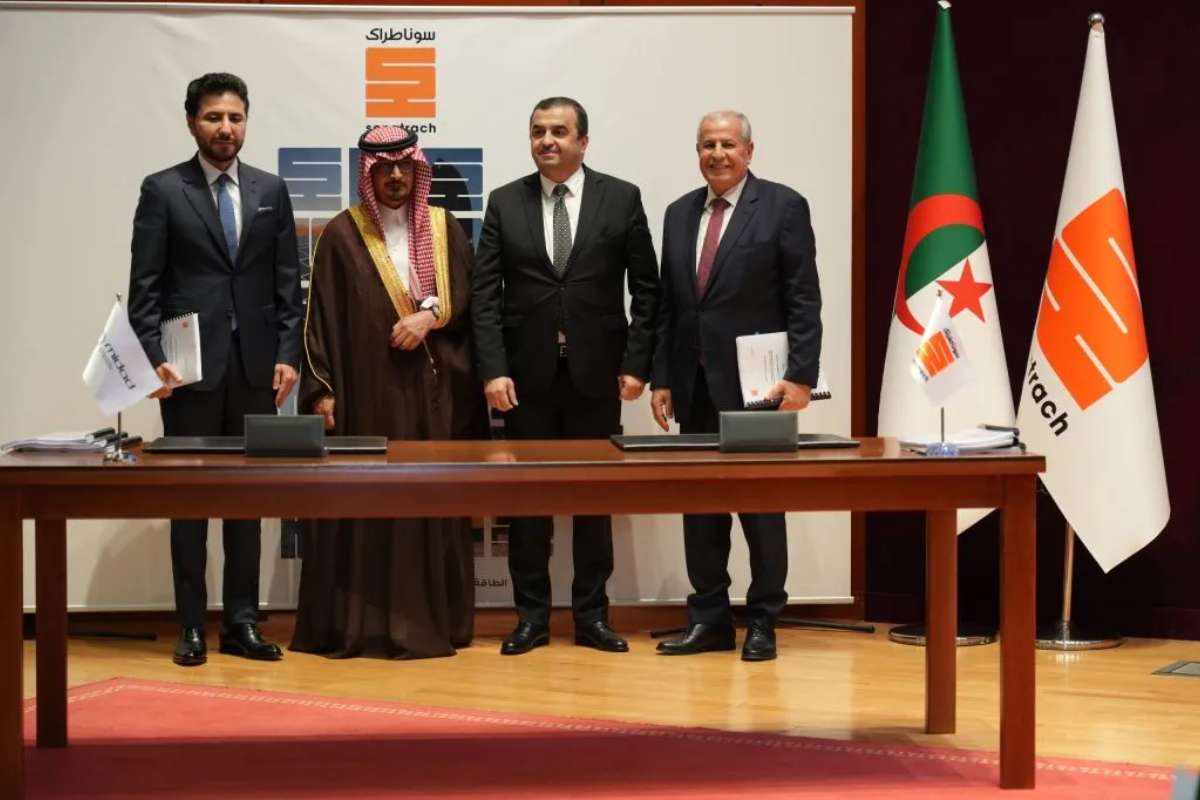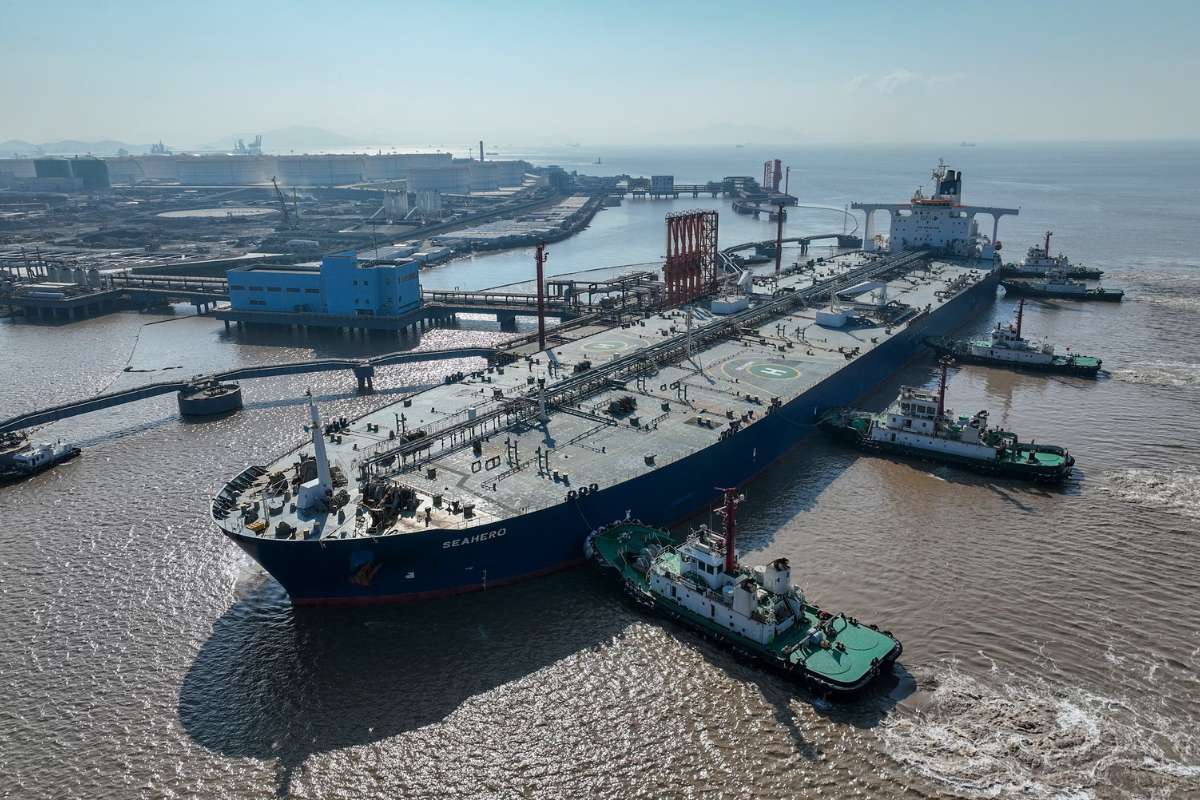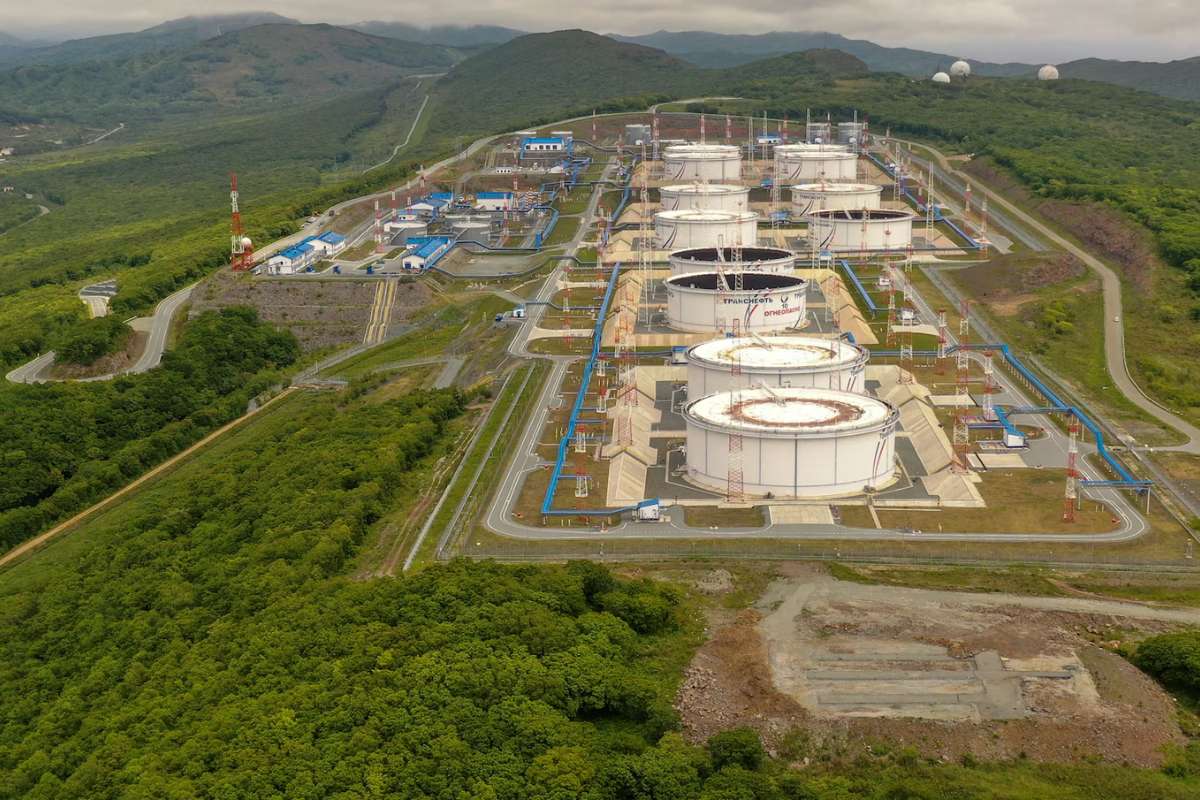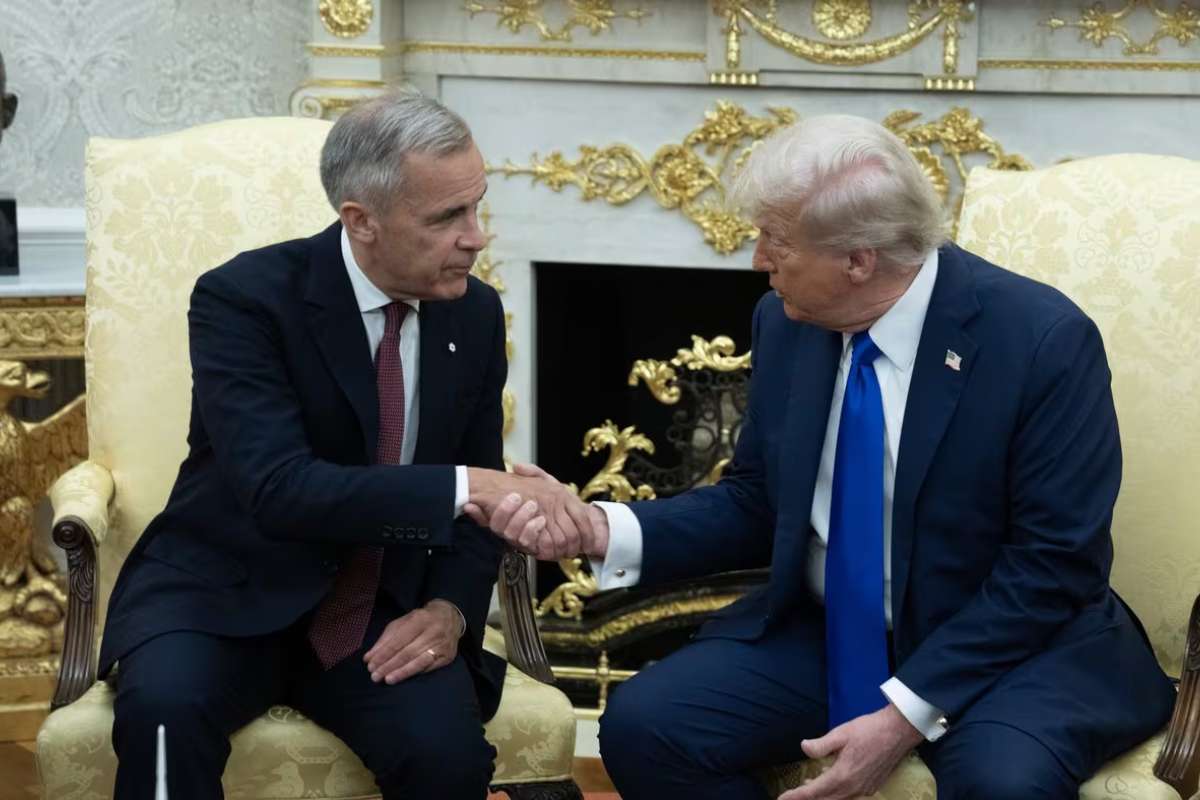Rosneft, Russia’s state-controlled oil giant, reported a steep 68% drop in net income for the first half of 2025, underscoring the growing financial strain caused by global oversupply, sanctions-driven discounts on Russian crude, and currency pressures.
The company’s net income fell to RUB 245 billion from RUB 773 billion a year earlier. Earnings before interest, taxes, depreciation, and amortization (EBITDA) declined 36% to RUB 1.05 trillion, while revenues slid 17.6% to RUB 4.26 trillion. Free cash flow dropped 75% to RUB 173 billion, squeezed by higher tariffs and a stronger ruble in addition to weaker international oil prices.
Chief Executive Igor Sechin attributed the downturn to a “significant oversupply” in the oil market, largely from OPEC producers. He warned that the global surplus could rise to 2.6 million barrels per day in the final quarter of 2025, potentially extending downward pressure on prices into 2026. Sechin also criticized Russian monetary policy, arguing that elevated interest rates have artificially strengthened the ruble, undermining exporters and cutting into state revenues.
Production Holds Steady, Refining Volumes Slip
Despite its profit slump, Russia Rosneft kept production broadly stable. The company produced 121.6 million tonnes of oil equivalent during the first half, including 89.3 million tonnes of crude (3.67 million barrels per day) and 39.3 billion cubic meters of gas.
Refining throughput, however, declined to 38.7 million tonnes, down from last year due to maintenance, logistical bottlenecks, and price-driven optimization measures. Still, Rosneft reported progress in efficiency, with its oil conversion rate improving to 77.6%.
Sechin emphasized that operational stability amid financial headwinds demonstrates the resilience of the company’s core assets. He said Rosneft remains committed to long-term projects that will underpin future output and growth.
Investments and ESG Initiatives Advance
Russia Rosneft invested RUB 769 billion in capital expenditures during the first half, focusing primarily on upstream development. Its flagship Vostok Oil project in the Russian Arctic advanced with seismic surveys, drilling, and significant progress on pipelines and port infrastructure at Sever Bay. Pilot production has already begun at the Payakhskoye and Ichemminskoye fields, marking early milestones in one of the country’s most ambitious energy developments.
Alongside investment in production, Rosneft highlighted progress on environmental, social, and governance (ESG) priorities. The company reported a 40% reduction in the severity of workplace injuries requiring lost workdays, as well as improvements in wastewater treatment and the rollout of new oil spill detection technology. In June, Rosneft was added to the Moscow Exchange’s Climate Sustainability Index, signaling recognition of its ESG initiatives.
Dividend Commitment and Competitive Landscape
Despite the earnings decline, Rosneft underscored its commitment to shareholder returns. The company paid RUB 542 billion in dividends for 2024, equal to RUB 51.15 per share. Sechin contrasted Rosneft’s approach with international peers that, he said, rely on debt to maintain payouts, framing his company’s strategy as one of financial discipline.
The results highlight the dual pressures confronting Russian oil producers: a global supply glut that is driving down prices and domestic headwinds from sanctions, tariffs, and monetary policy. While global rivals such as ExxonMobil and Saudi Aramco managed to post modest production growth in the same period, Rosneft continues to face shrinking margins and elevated costs at home.
Industry analysts suggest that Russia Rosneft’s heavy investment in Arctic projects could bolster its long-term position, but near-term challenges are likely to persist as oversupply and sanctions weigh on both revenue and profitability.
Visit Oil Gas Energy Magazine for the most recent information.
